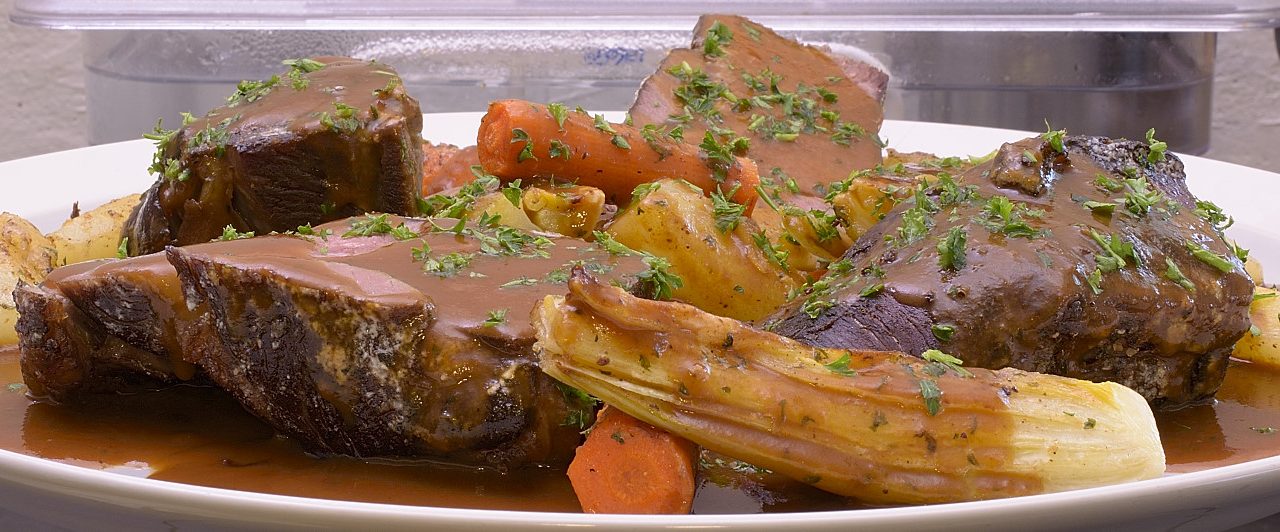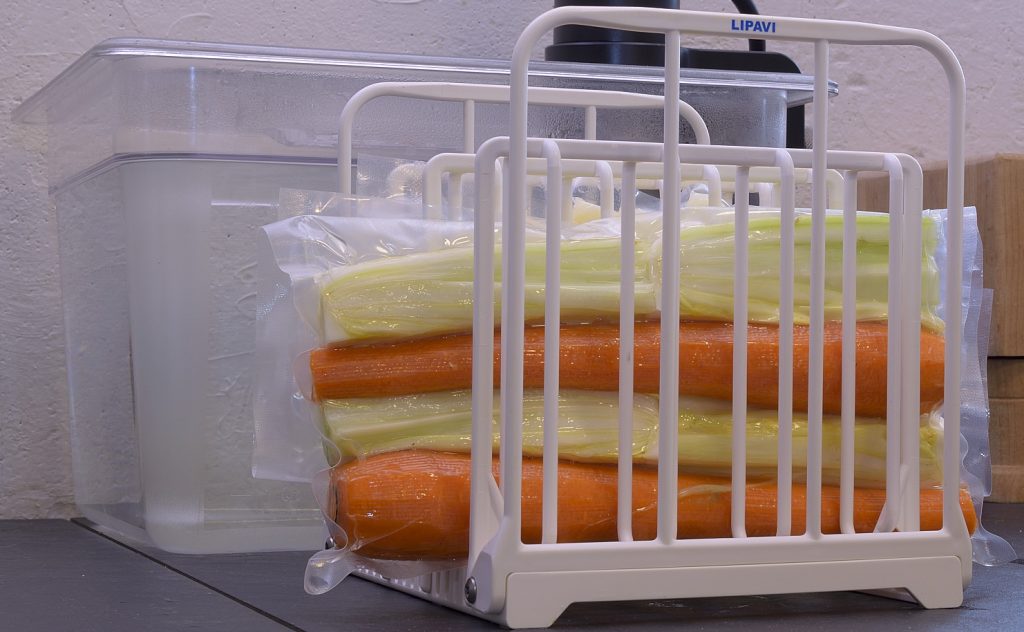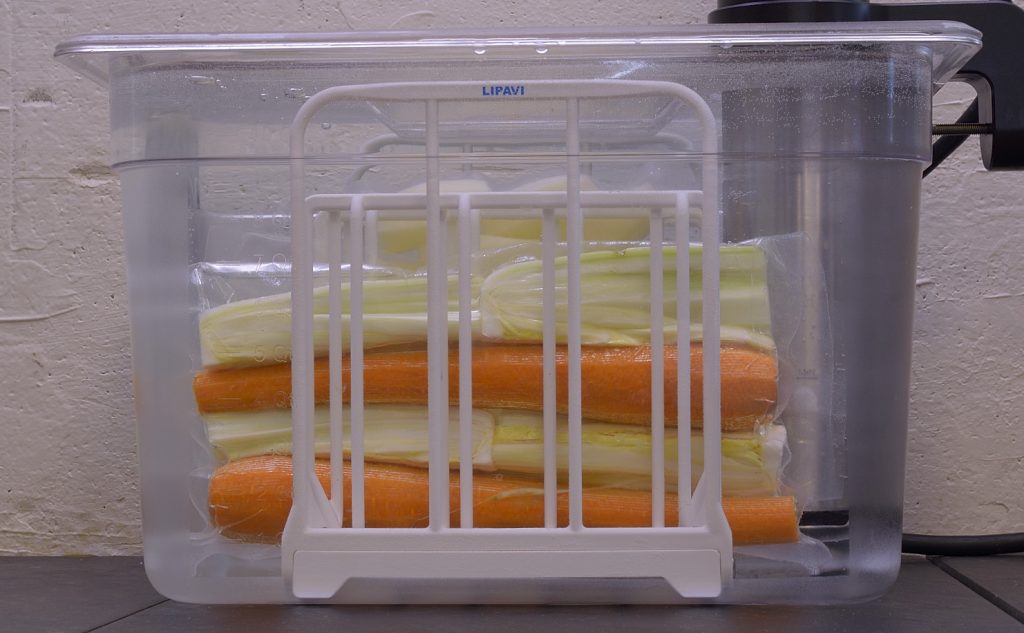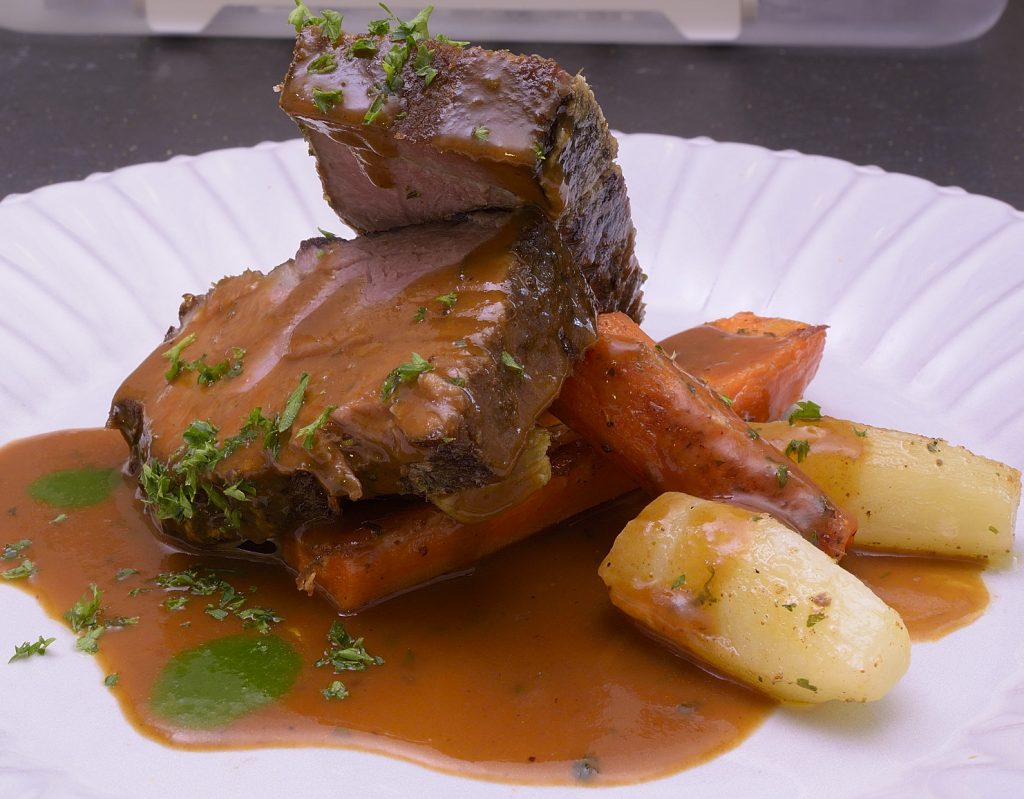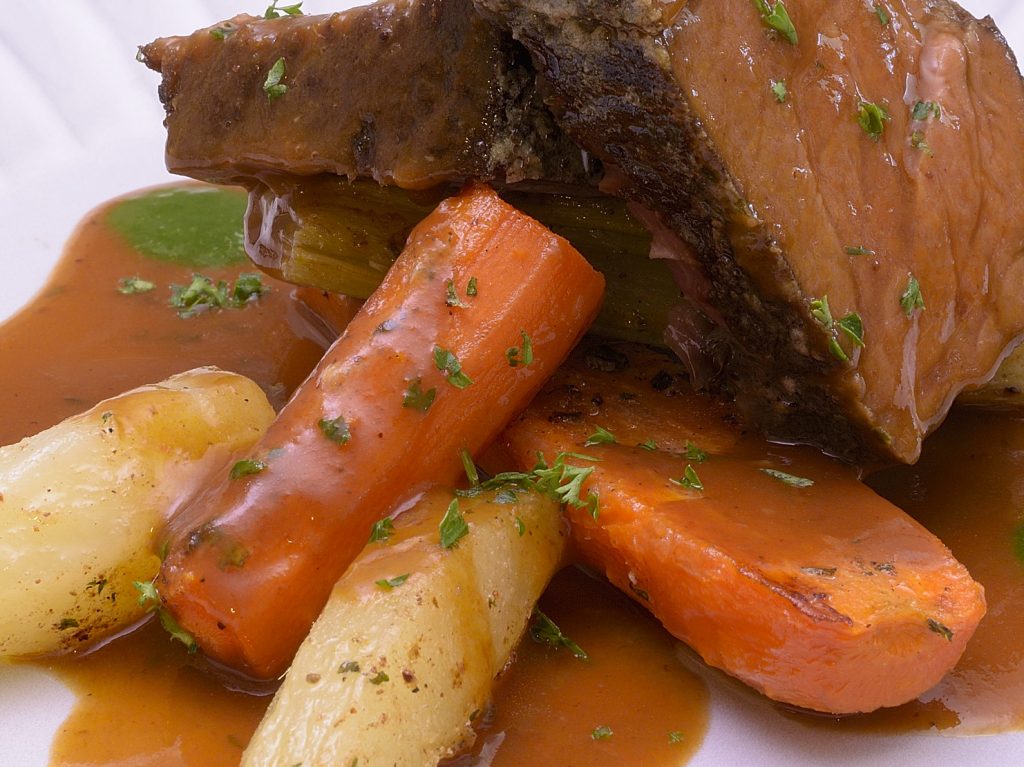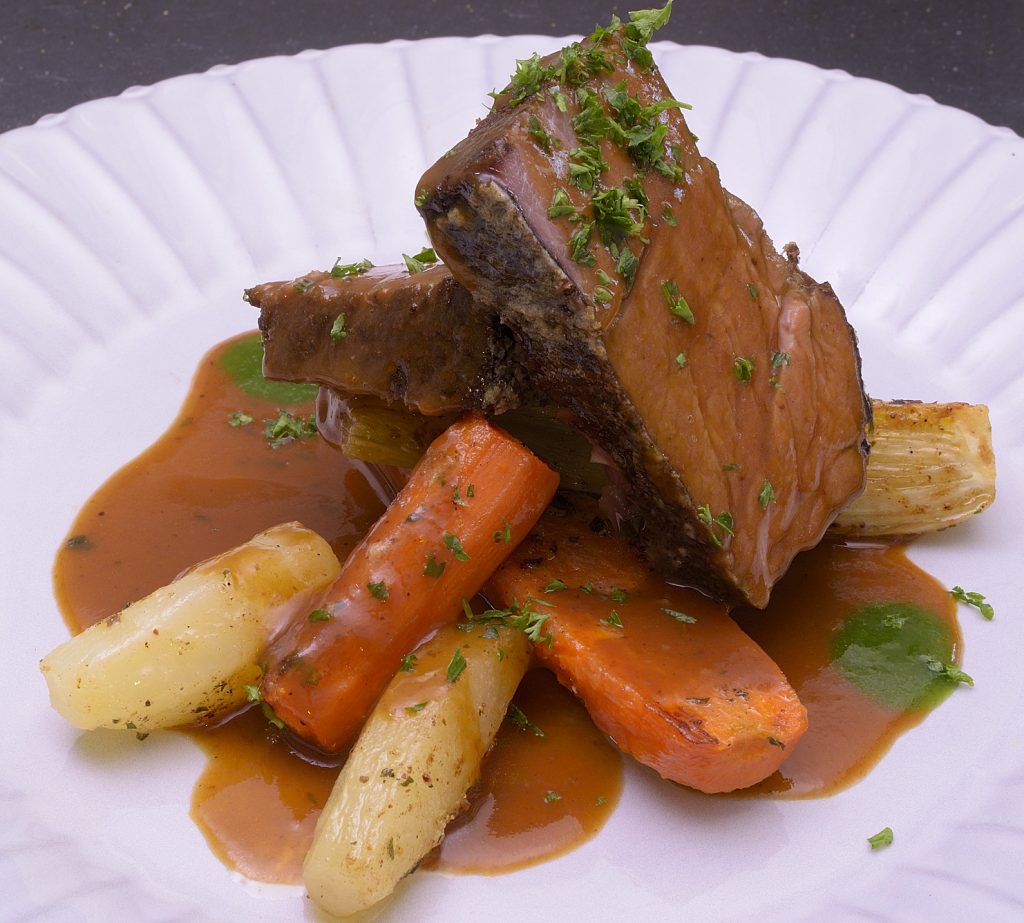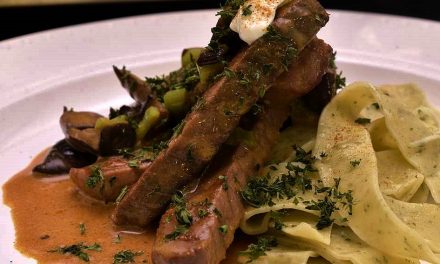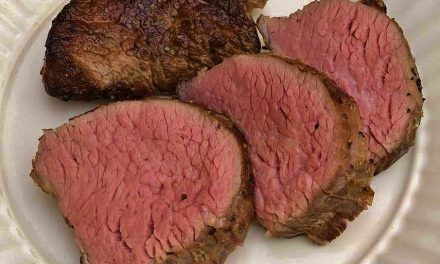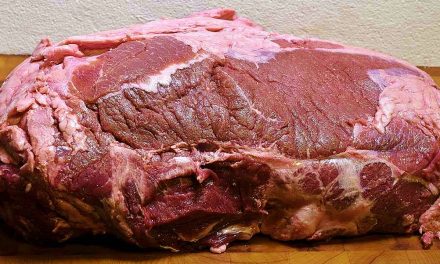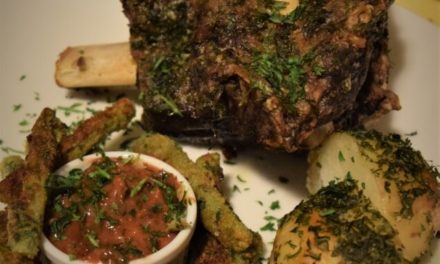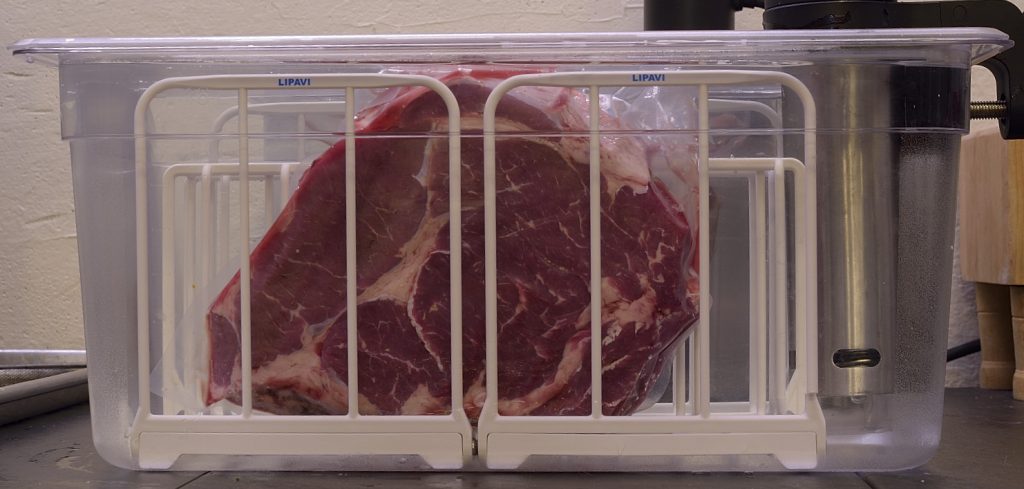
Above: Lipavi C15 container, N15 polycarbonate rack. Lipavi C15L lid.
Serves 4-6
Level of difficulty: 2.75
Ingredients:
Beef chuck roast/steak, approximately 3 lbs/1.4 Kg.
Powdered egg white, as needed.
Preferred seasonings of your choice–salt not to exceed 2 teaspoons/lb. of meat.
Carrots, 2 each, peeled.
Celery, 0.5 head, root end, cut in half lengthwise.
Russet potatoes, 2 each, peeled and cut into desired shapes.
Onion, 0.5 each, chopped fine.
Tomato paste, 2 oz/60 g.
Red wine, 1 cup.
Flour, 2 Tablespoons/20 g.
Going That Extra Mile
Using sous vide to tenderize and pasteurize a cut of meat is simply a matter of temperature over time. With 125 F/52 C (or thereabouts) as a base line, the lower the temperature used, the longer it will take and the more moisture will be preserved. The higher the temperature, the less time it will take and the more moisture will be lost. It is arithmetically straightforward and mindlessly predictable. Once the enthusiast learns how to measure tenderness, the final challenge is met.
Of course, advocates of sous vide and manufacturers of the equipment tend to exaggerate the benefits of the process. Aggressive marketing always takes precedent over actual function in our fiercely commercial culture. As a result, many newcomers are somewhat disappointed to discover that sous vide does not provide flavor or improve external appearance. Sous vide will not make its own sauce in the pouch. Sous vide will not save the world or even wash your car while you sleep.
Rude Awakening
As soon as an eager novice takes a bite of a chicken breast or a steak “right out of the bag,” he/she comes to the realization that the technology has limitations just like any other. Toasters are great for making toast, but not good for much else. Okay, bagels and frozen waffles. I’m sure you get my point. Enter the sous vide “recipe.” Now that we understand what sous vide actually DOES, the sous vide recipe must detail what to do before, during and AFTER the initial processing.
And so it is with this recipe. The actual sous vide components of the recipe require very little explanation, knowledge or skill. They almost appear to be a minor detail. But sous vide is the MOST important part of this recipe because all the spices, sauces and garnishes in the world cannot compensate for tough, dry, unevenly cooked meat. Sous vide is still the centerpiece of this, and most recipes that use the technology.
Chuck, meet sous vide. Sous vide, meet Chuck.
Beef chuck roast is a sub primal section of a steer’s shoulder. It is a hard working collection of muscles that connect to the animal’s neck and serve to support the head. A steer’s head can weigh 100 pounds. Youtube videos about how to handle beef chuck use subliminal terms like “value added” to describe the individual muscles. The viewer is hopefully lulled into believing that by removing some gristle here and there and applying some marinade, a cheap cut of beef will yield a tender steak.
As the white aproned spokesperson continues, you may hear him/her say something to the effect that a particular section on the cutting board “performs well,” and even “eats well.” Again, they want us to believe that almost any cut of beef is tender once you watch the industry sponsored video. I keep waiting for them to say that one plus one is three.
There’s no way around it.
Sadly, the science and even mainstream gastronomic “experts” concede that marinades have no tenderizing or flavoring effect beyond the surface. Sodium ions (salt) can penetrate the surface of meat, but will not tenderize it. Some continue to insist that it can. As far as I can tell, corned beef takes just as long as a packer brisket to become tender, whether cooked sous vide or otherwise.
Preheat the sous vide bath to 140 F/60 C.
Vacuum seal the roast in heat rated plastic, stage into a rack and lower into the bath.
Process at 140 F/60 C for 48 hours.
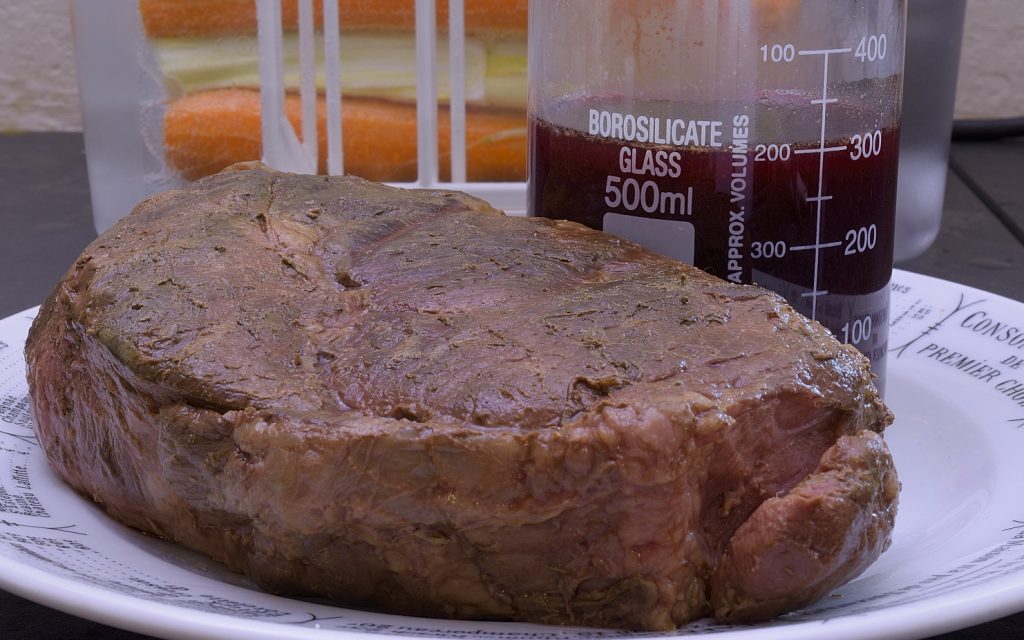
Remove the roast from the package. Harvest the juices.
Cover the roast loosely and keep warm in an oven set on 145 F/63 C.
Change the temperature setting on your sous vide bath to 183 F/84 C.
Load into a rack that assures circulation of water between the packages. Process the vegetables for one hour. Cold shock the packages in iced tap water until they achieve 70 F/21 C.
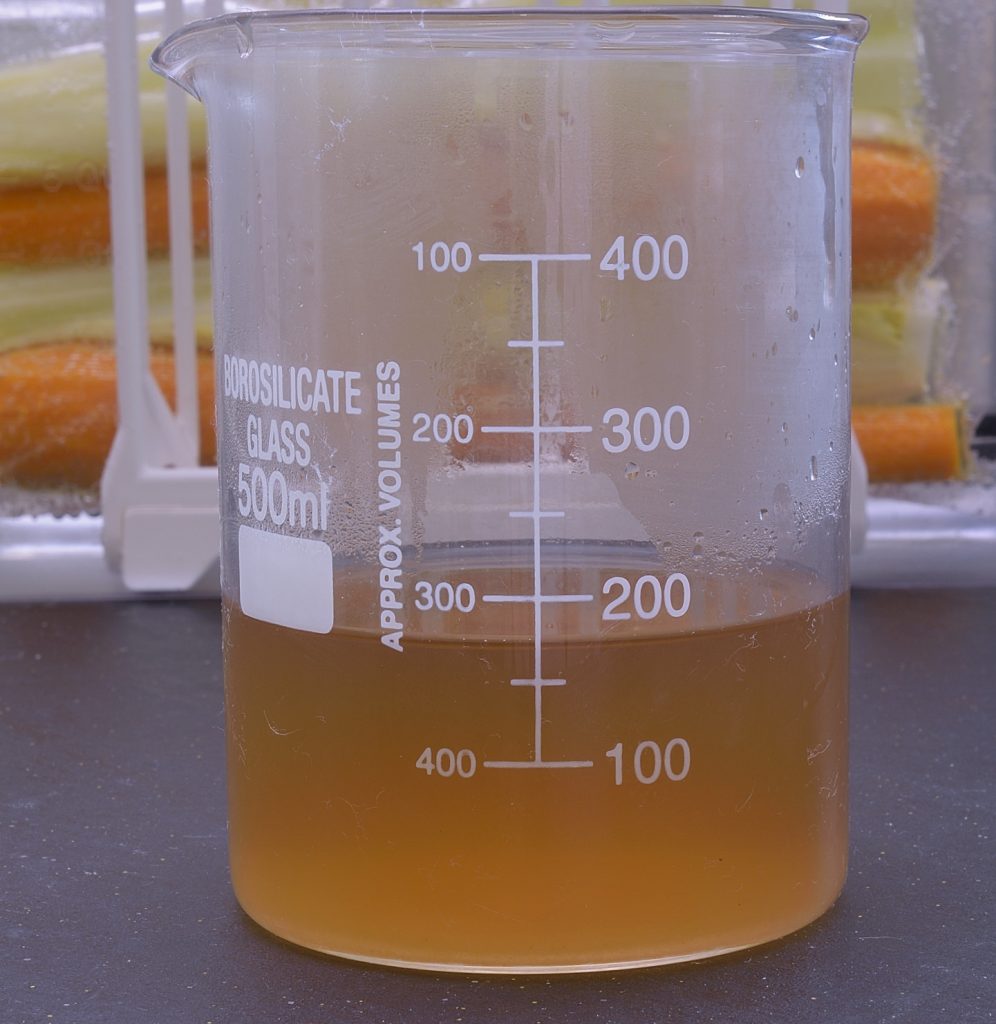
While you wait for the vegetables, process the juices as explained HERE. Set the juices aside.
Proceeding to service.
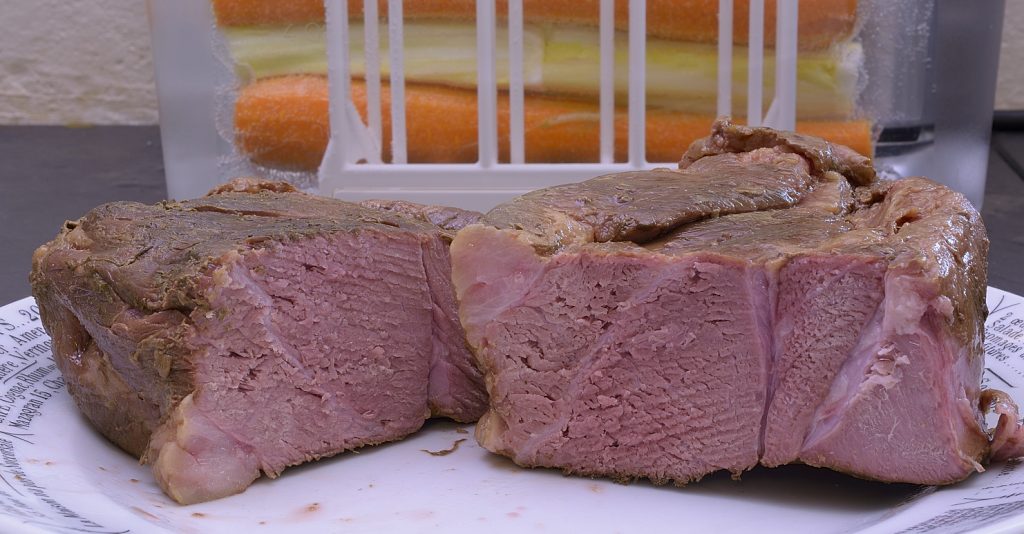
Cut the roast in half.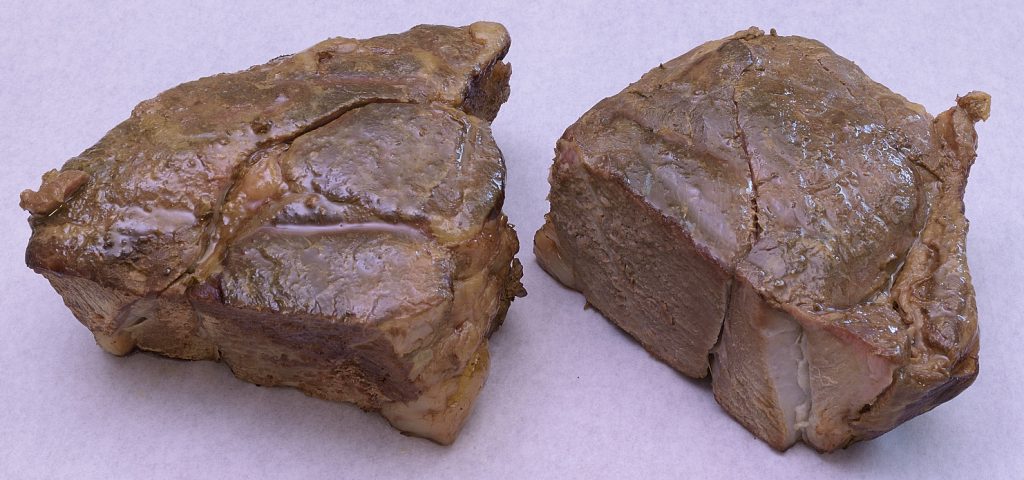
Stage on to a clean surface. 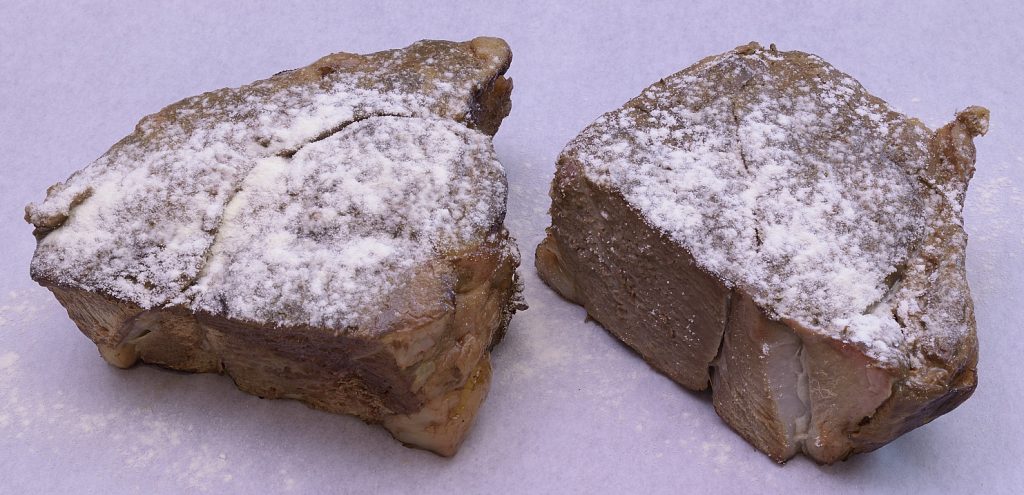
Dust with powdered egg white. 
Mist lightly with water. 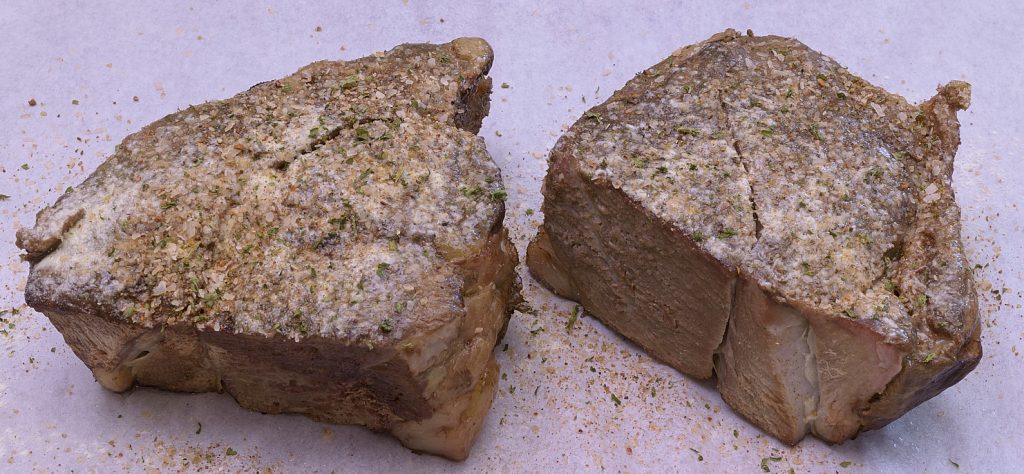
Apply desired seasonings. 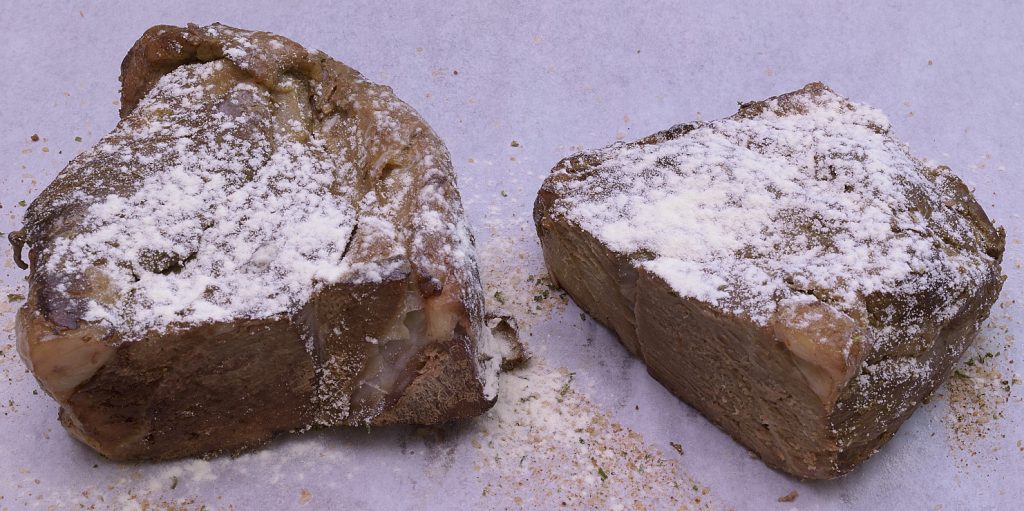
Turn the roast over and repeat, 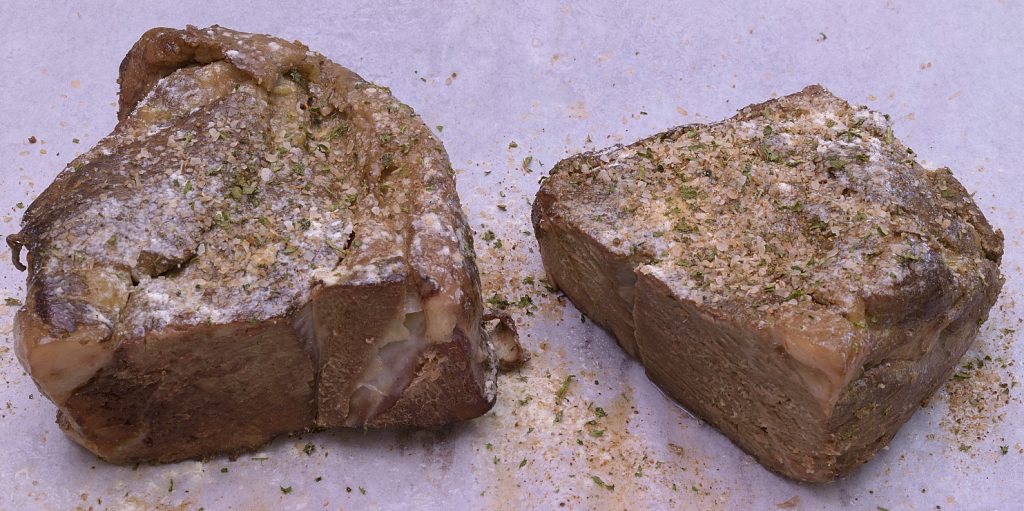
Set the roast to the side.
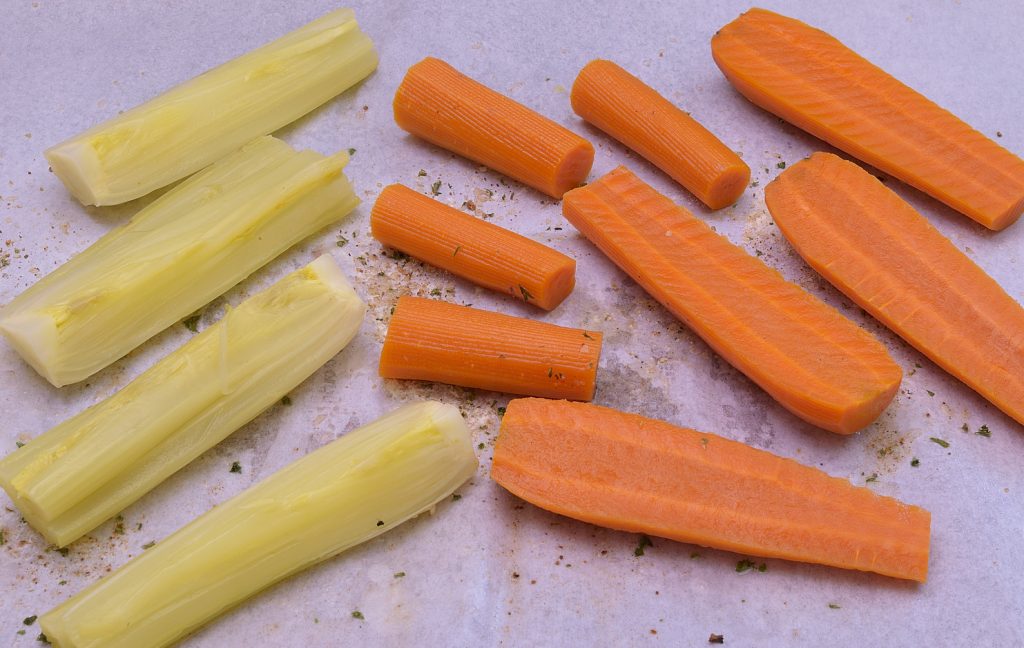
Cut the celery and carrots into desired shapes.
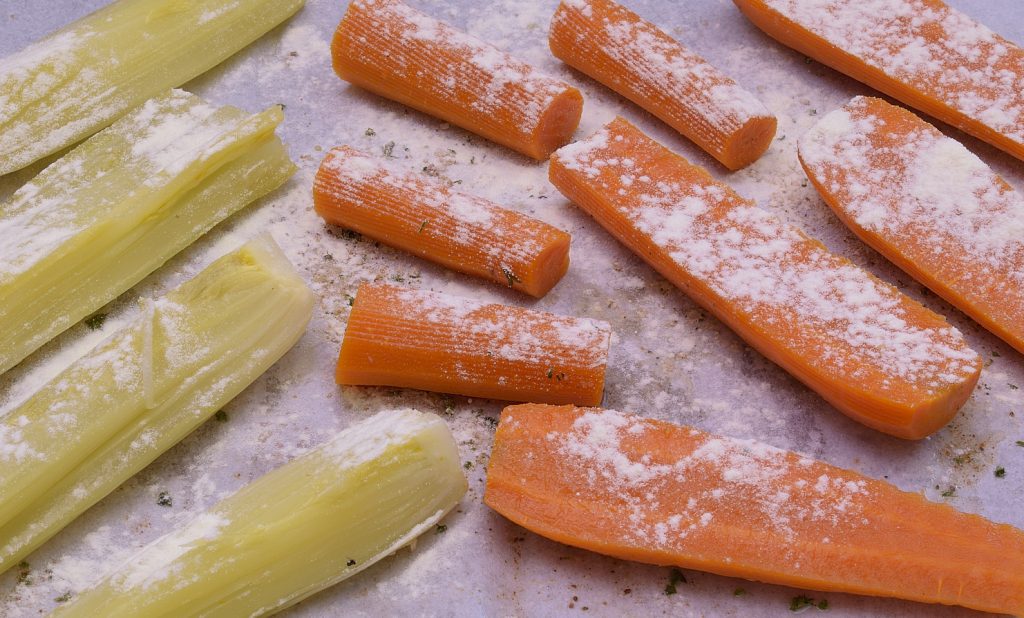
Dust with powdered egg white 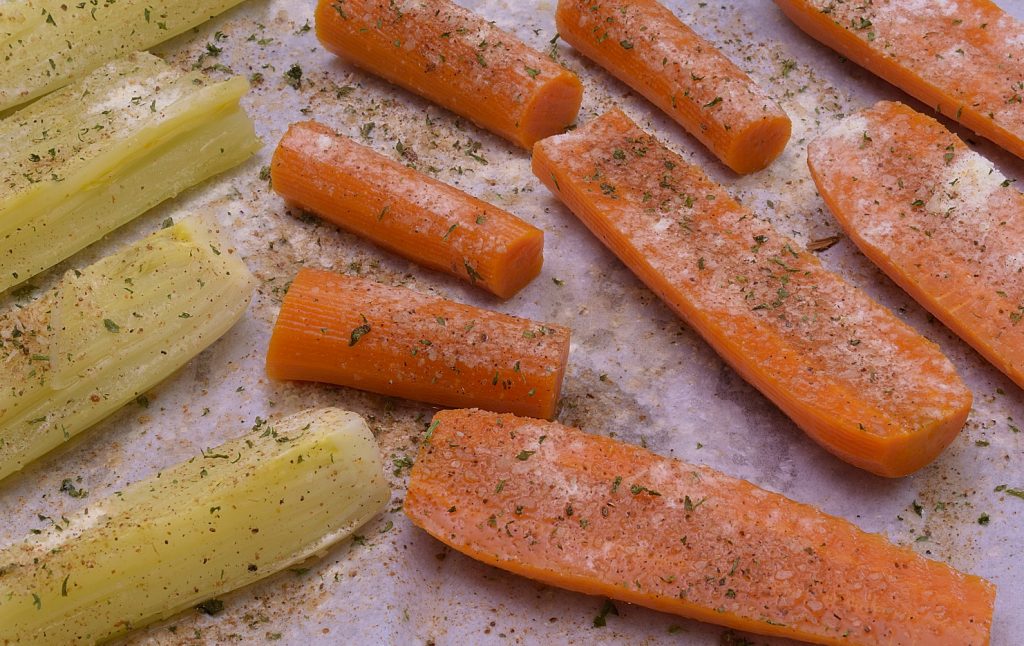
Season as desired
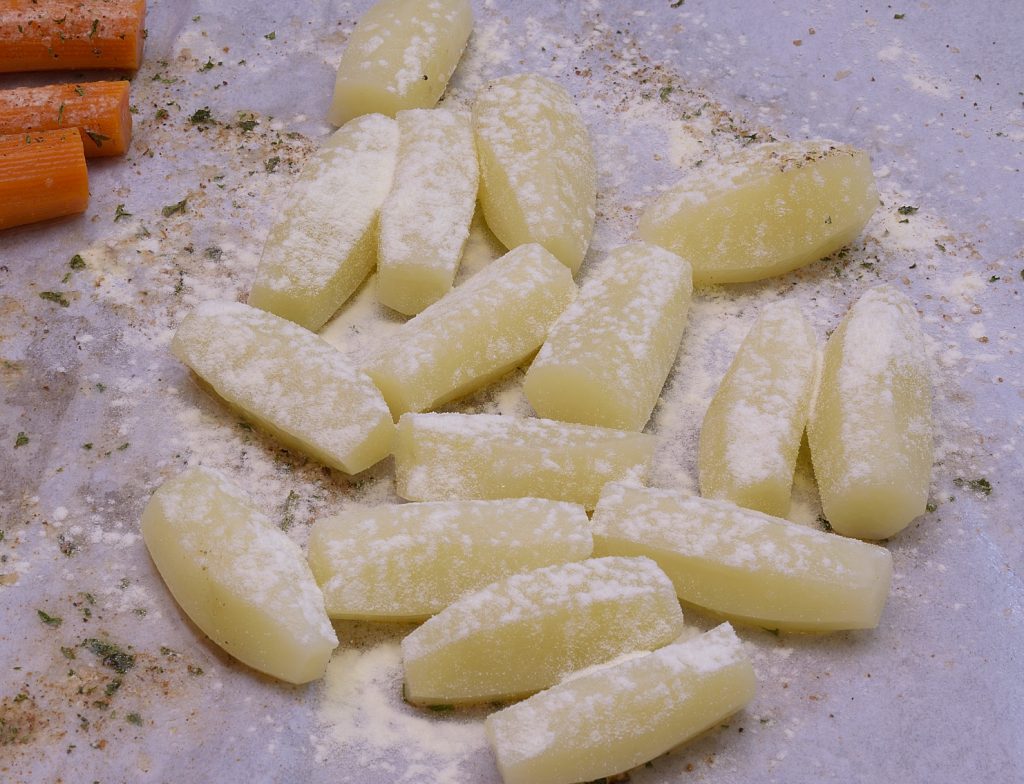
Dust potatoes with egg whites. 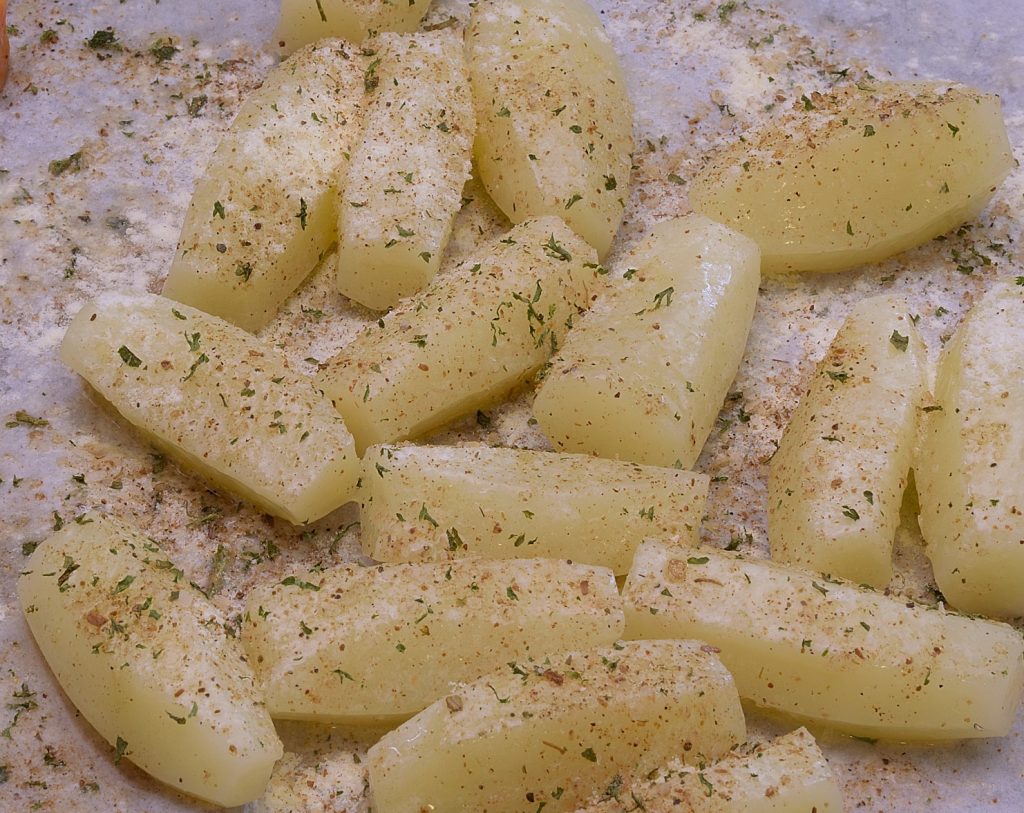
Apply seasonings.
Preheat skillet to 275 F/135 C. Add a few drops of vegetable oil.
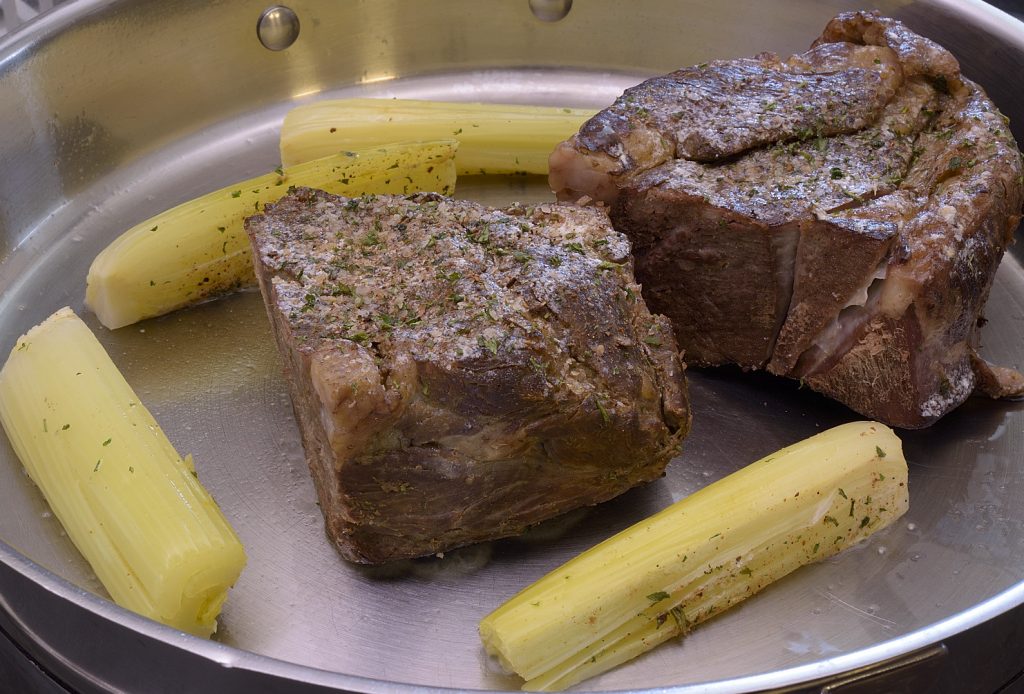
Brown meat and vegetables. 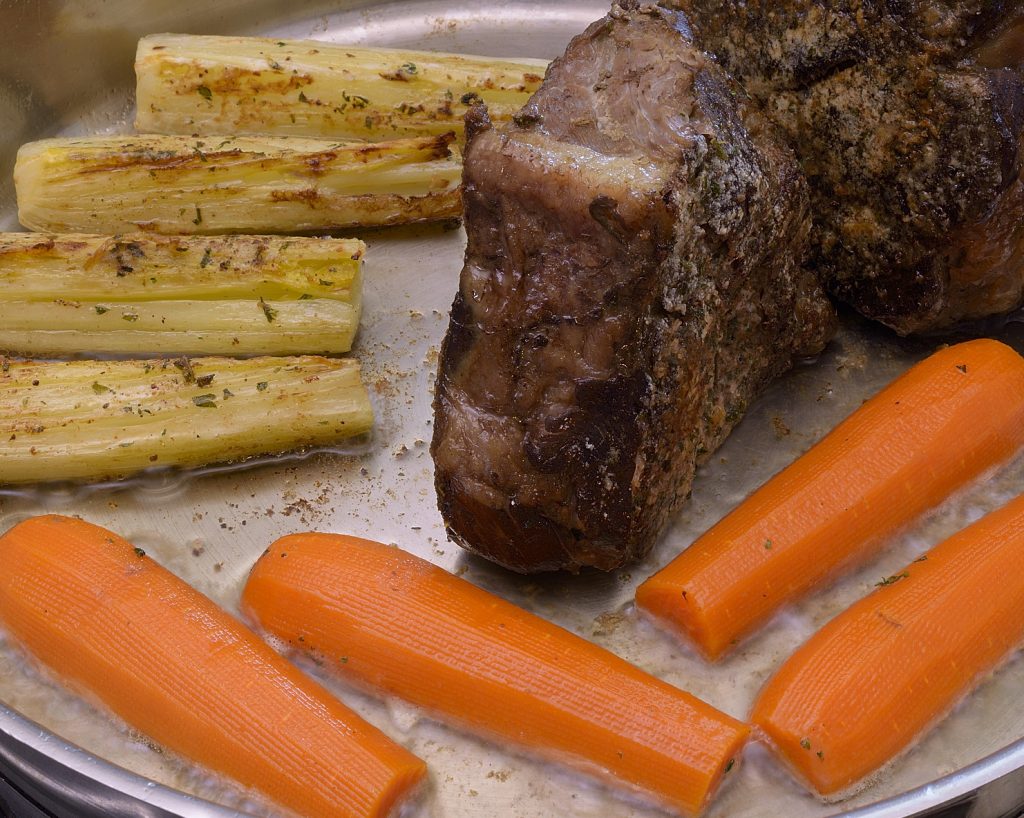
Add more oil as needed. 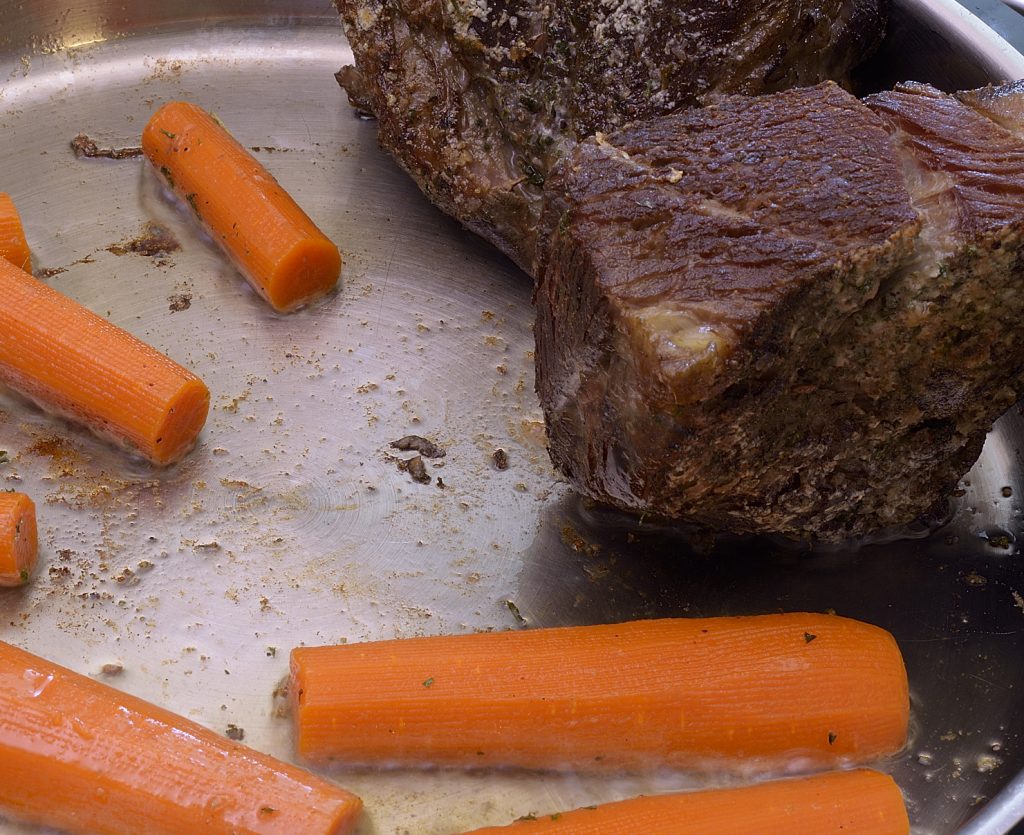
Do not crowd the pan. 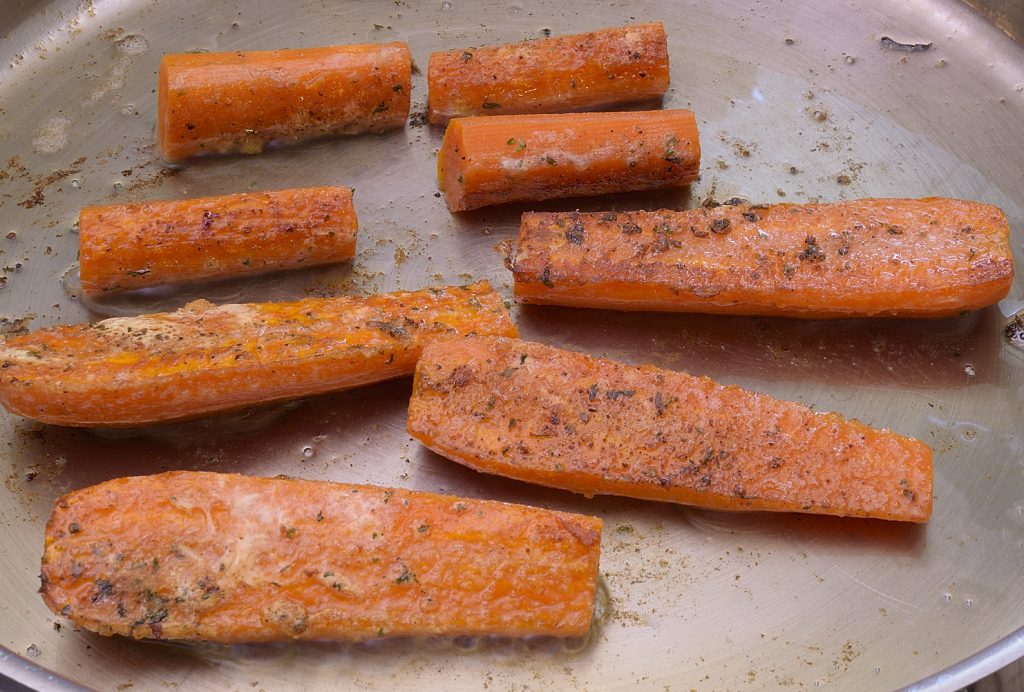
Continue browning. 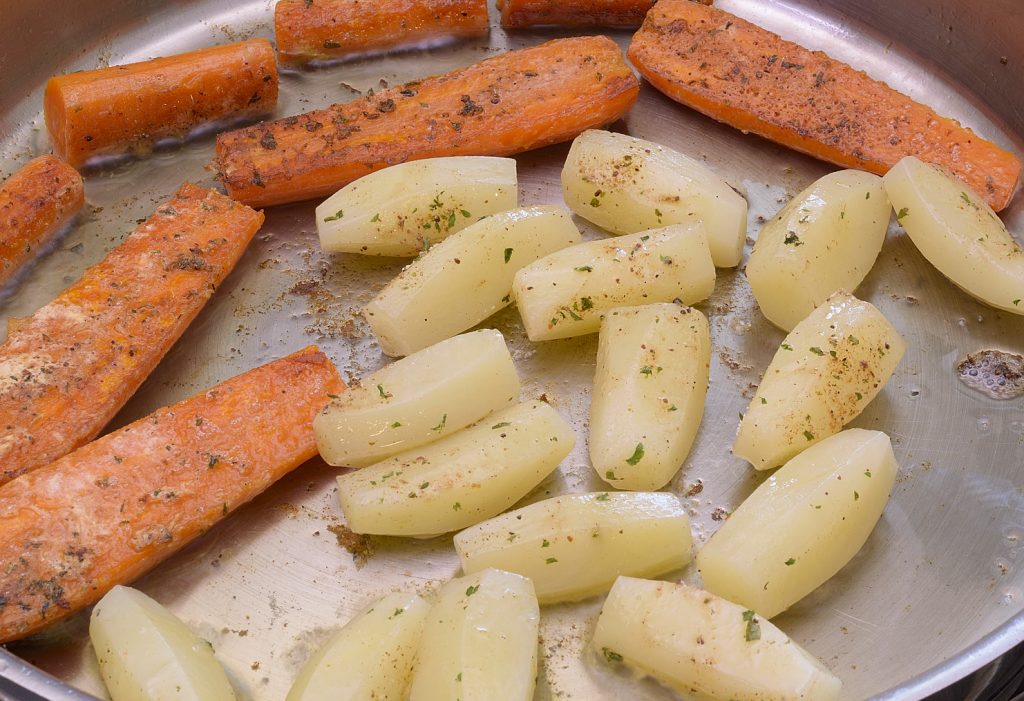
Add potatoes as space allows. 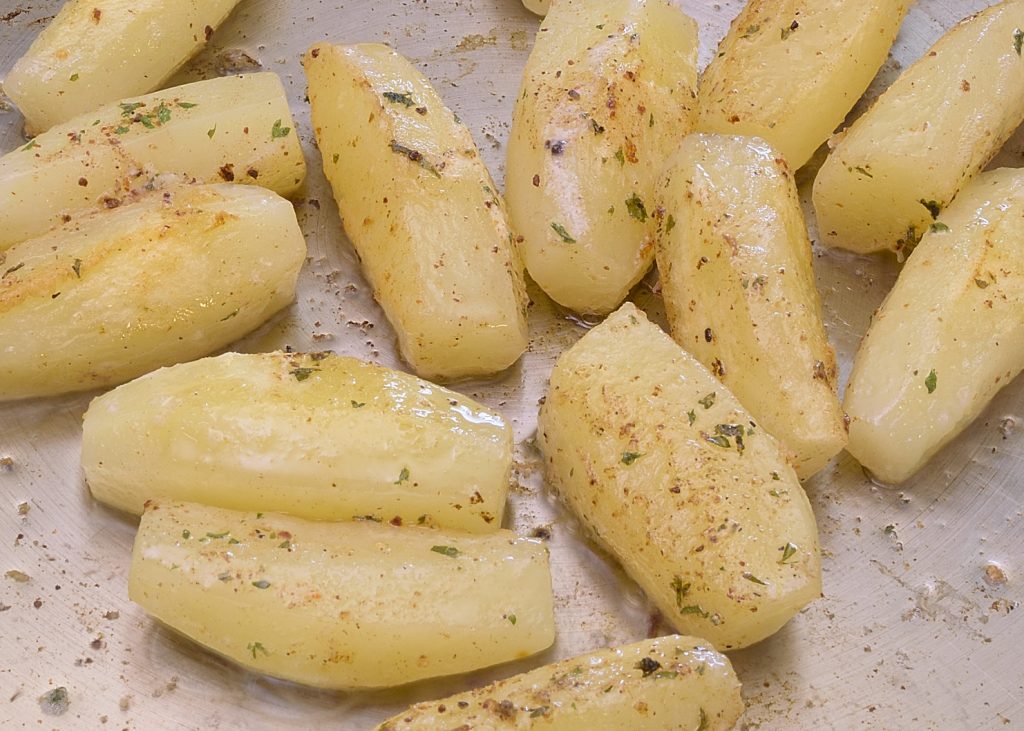
Brown lightly, set aside.
Making the pan sauce.
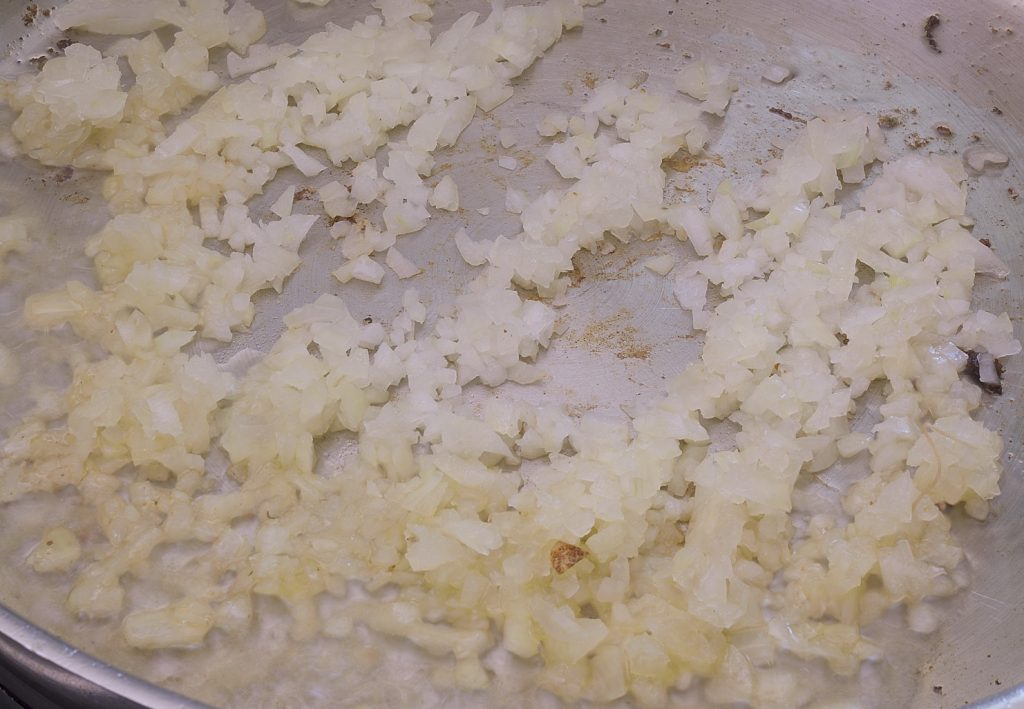
Add onions and a little oil. 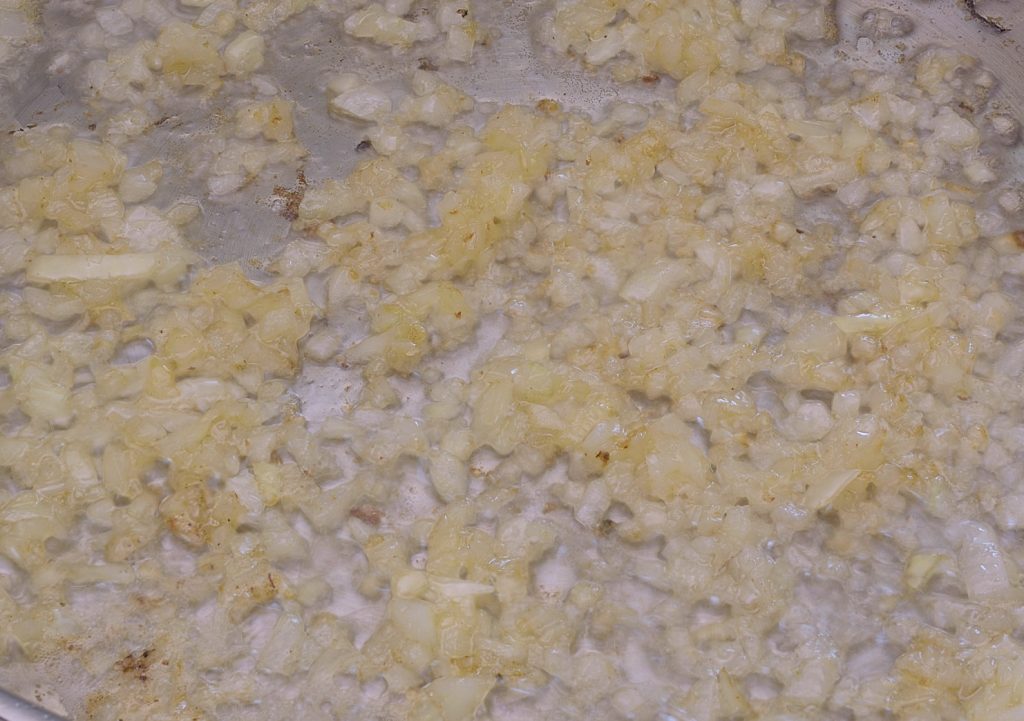
Fry until clear but not brown. 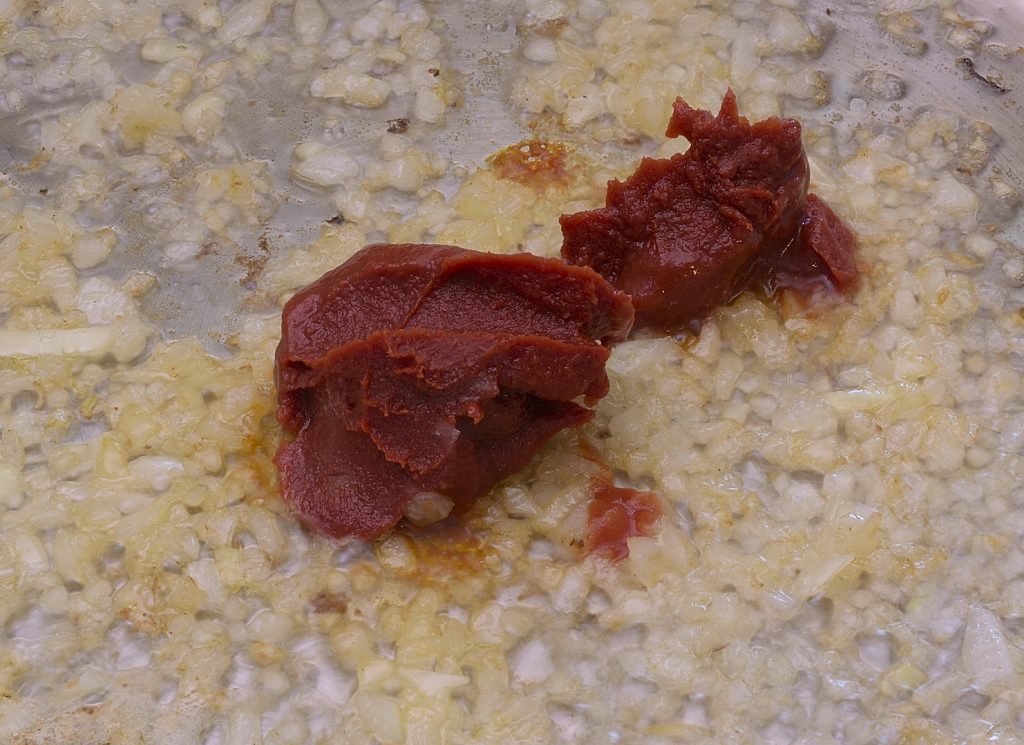
Add tomato paste. 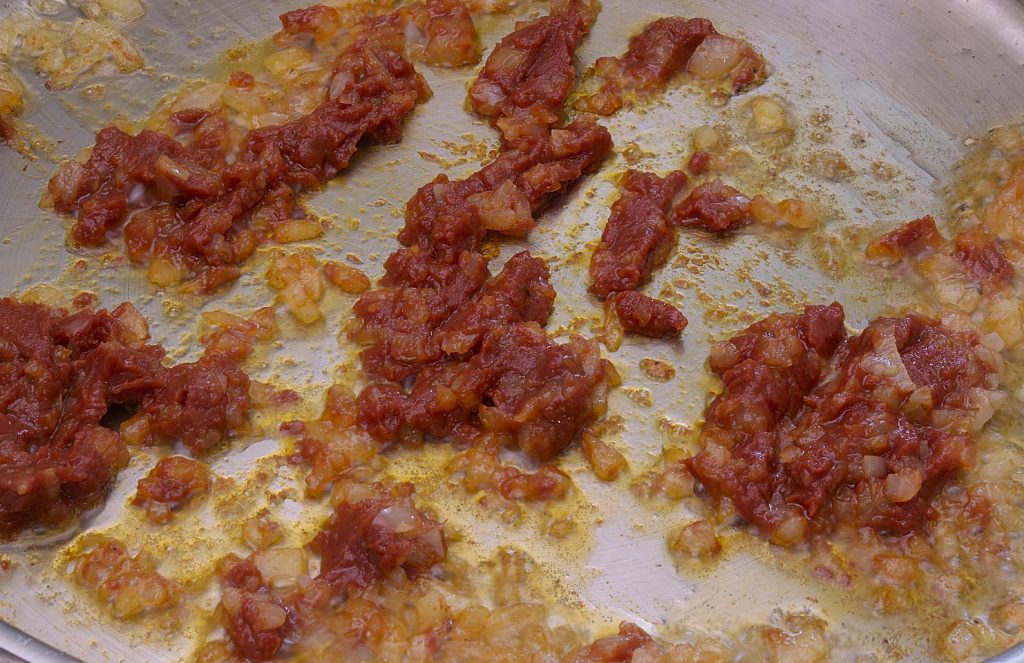
Stir well. 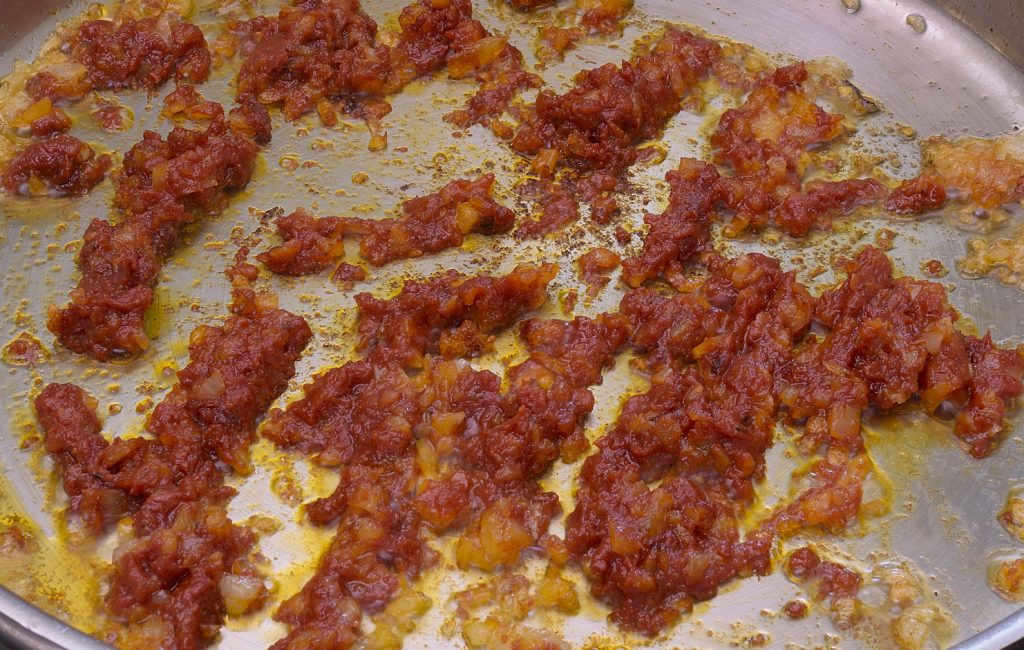
Continue browning. 
Oil will begin to “leak” out.
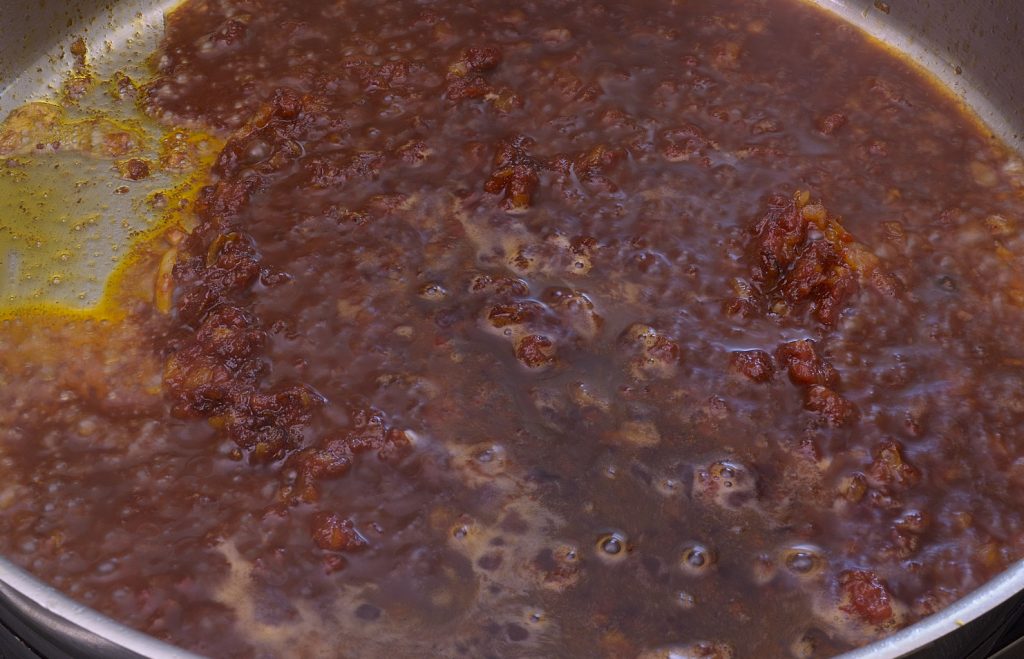
Add wine, reduce completely. 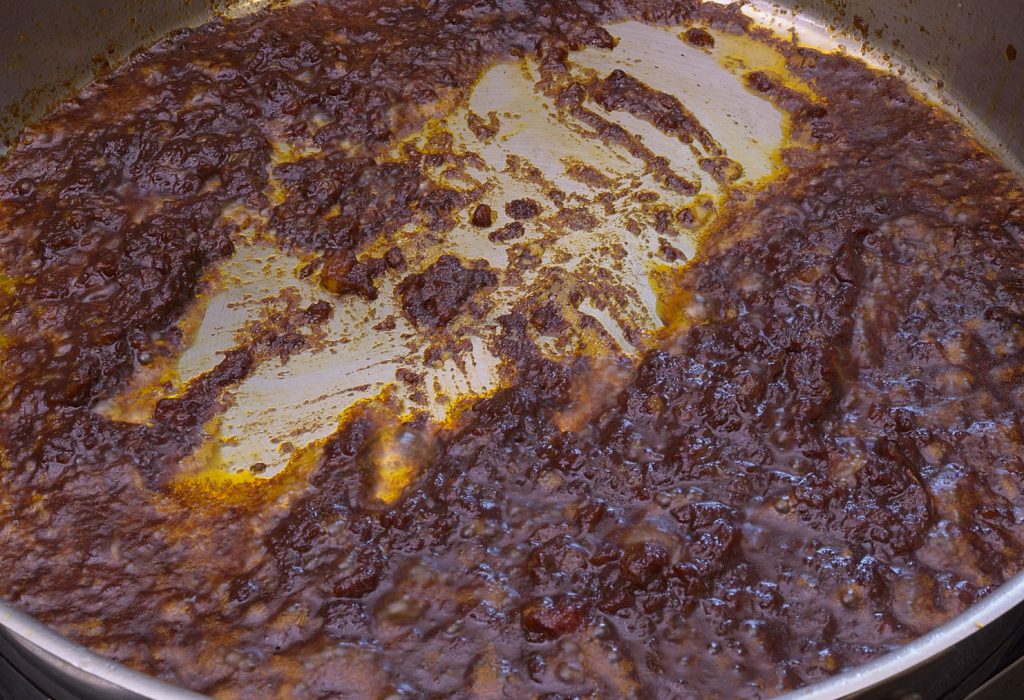
The oil will “leak” again. 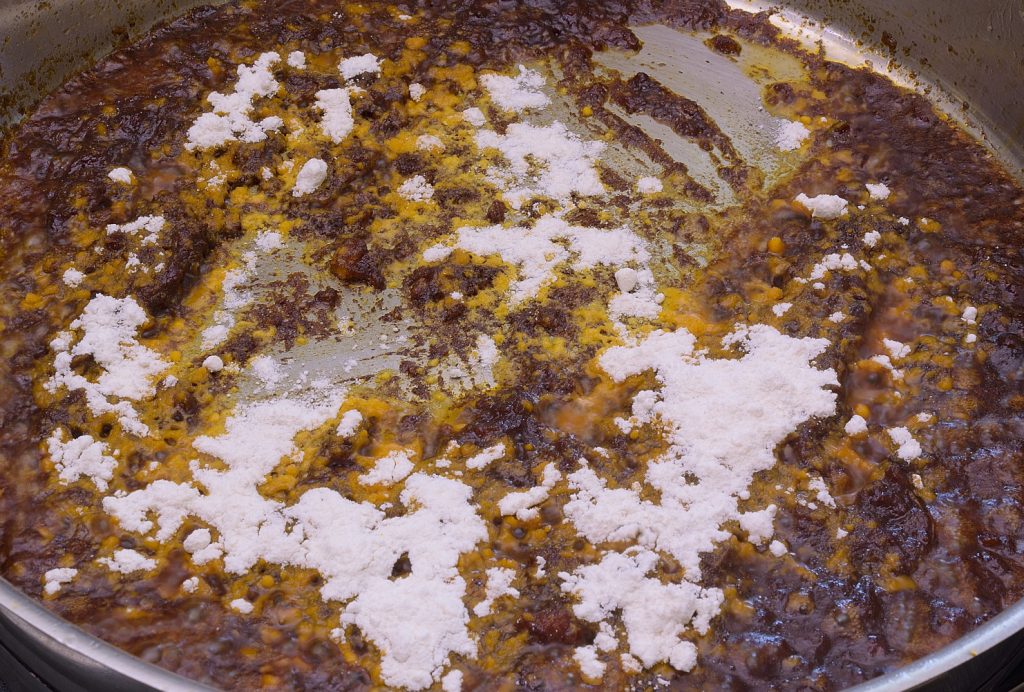
Reduce heat, add flour. 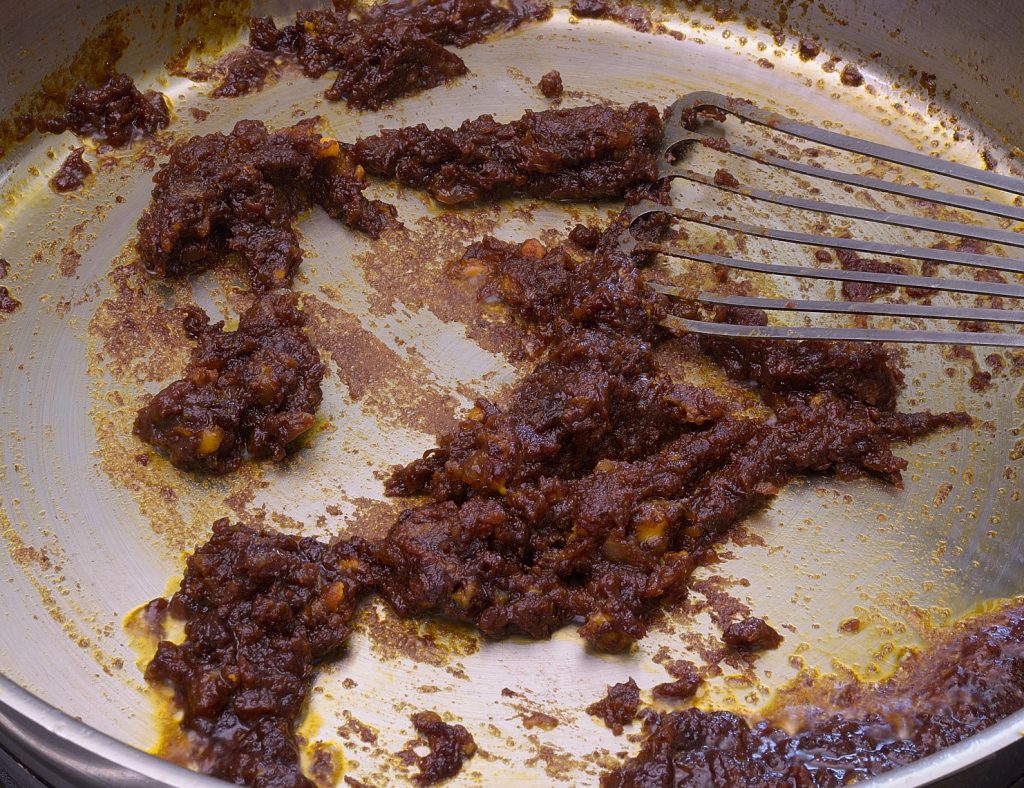
Stir well. Add 1 cup water… 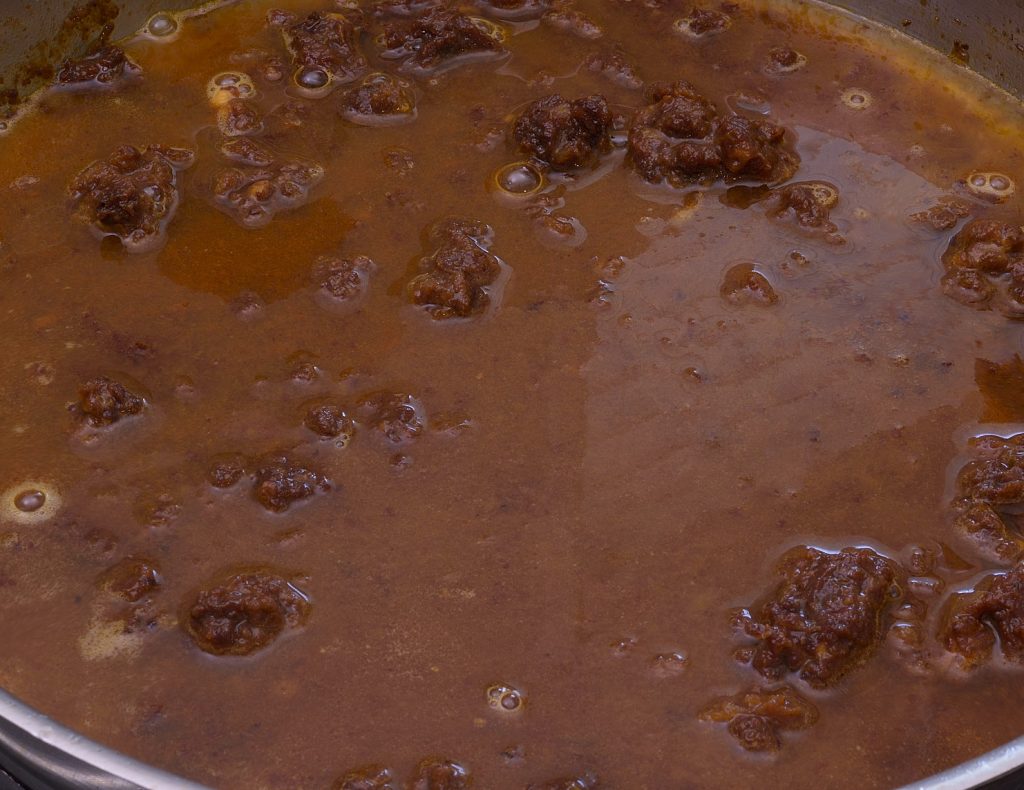
Stir to dissolve. 
Add remaining Sous Jus.
Wine provides flavor and color, but NOT volume–reduce completely.
Do not attempt to “cook” the flour in the pan as if it were a roux.
When you add the first amount of water and stir, the sauce will begin to thicken immediately–this step prevents lumps and scorching. THEN add the sous jus and return to simmer for fifteen minutes.
Taste for seasonings and strain. You should end up with approximately 2 cups/475 ml of sauce.
Service
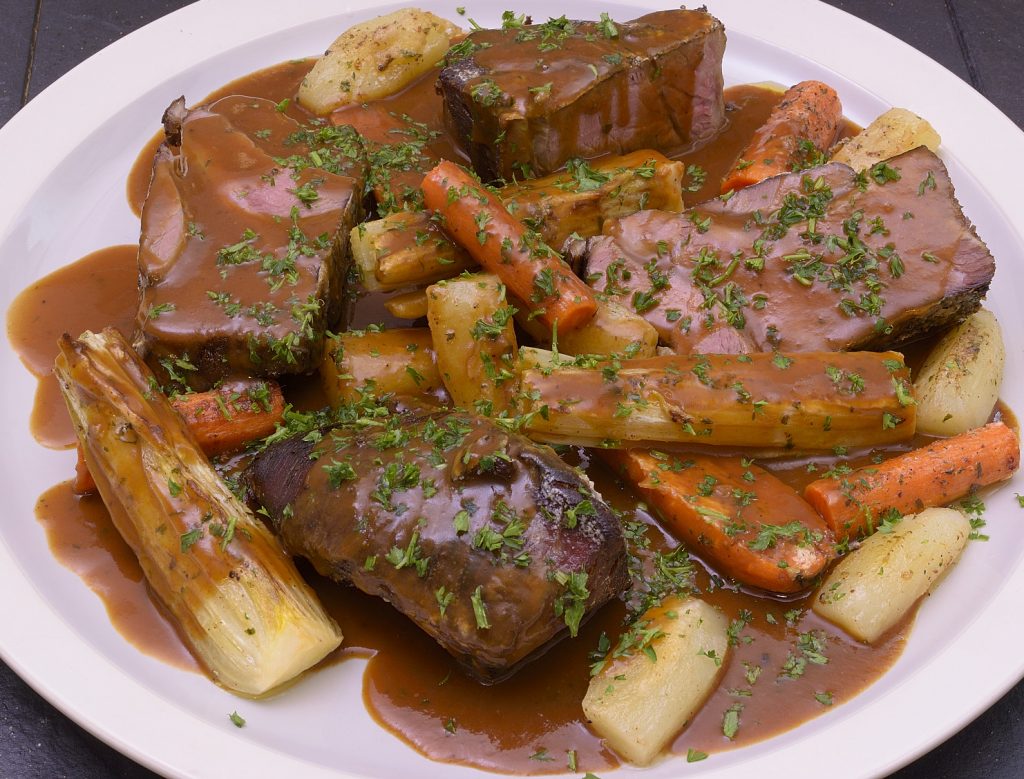
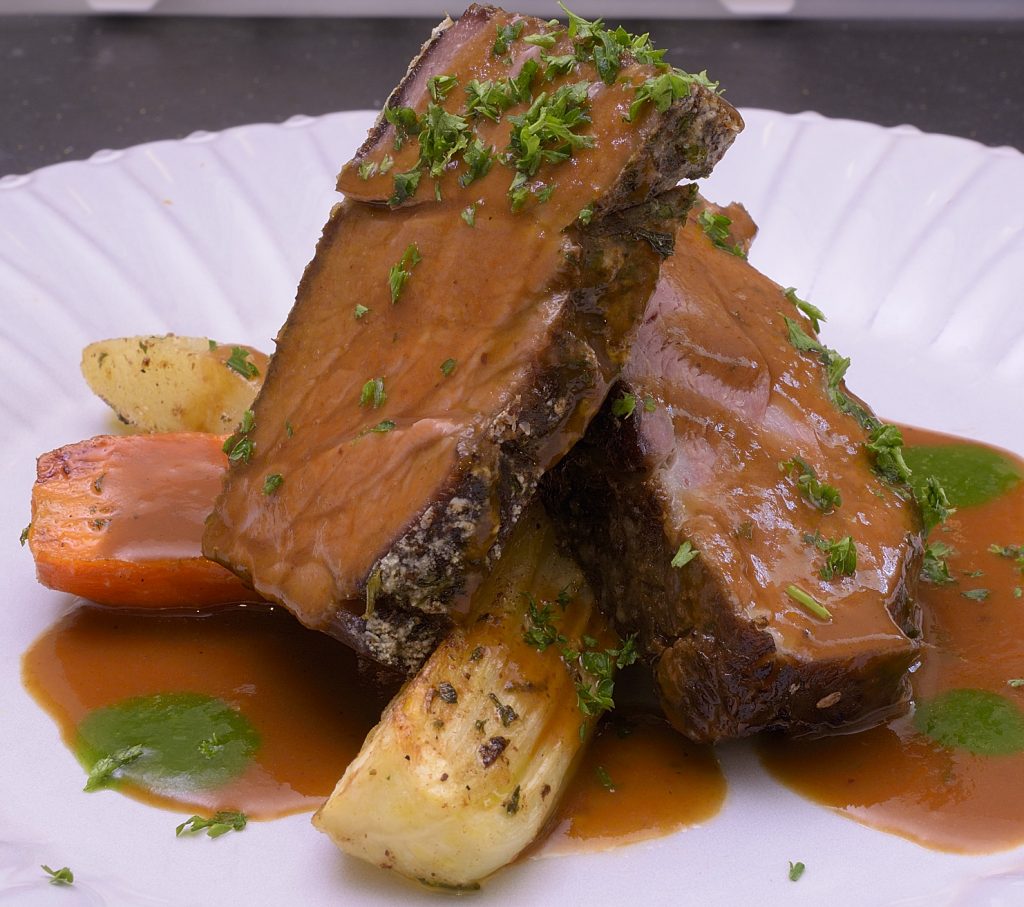
Norm King
Visit us on Facebook at https://www.facebook.com/groups/272128179509149

